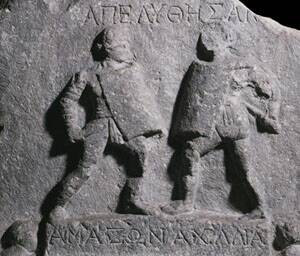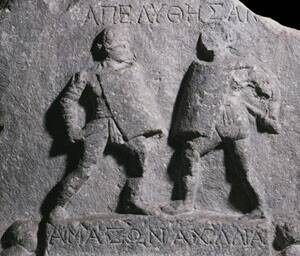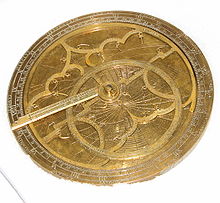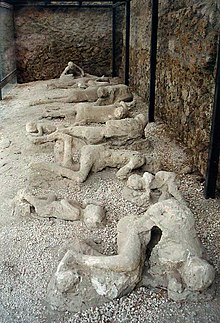
by fljustice | Jul 24, 2011 | History in the News
History in the News:
Bible Stories, Recovered Artifacts and “Raiders” Turns 30

1C Relief in British Museum
You can’t kick a stone in the Middle East without uncovering an artifact. It’s an archaeologist’s paradise and a diplomat’s nightmare. When it comes to biblical-related stories, there’s always a furor. Does this artifact “prove” Jesus lived or does this inscription substantiate the story of David and Goliath? The past couple of months provided several stories touching on biblical narratives. The trend in returning looted artifacts to their rightful home is continuing with a couple of good news stories. Finally, it’s been thirty years since Indiana Jones made archaeology sexy in “Raiders of the Lost Ark.” But Dr. Jones preferred a bull whip and pistol to scientific methods. We’ll see what scientific innovations have evolved since Indy’s time. First story in our lineup: the city of Shekhem; supposedly the final burial site of Joseph of the many-colored coat. (more…)

by Faith Justice | Aug 18, 2010 | History, History in the News
History in the News:
Pyroclastic Clouds, Dead Dogs, and Ads on the Coliseum
As I’ve said on my About page, I’m a history junkie and science geek. I love the intersection of these two disciplines: DNA markers that trace humankind’s exodus from Africa, isotope analysis of teeth and bones that tell us where and when ancient people grew up and what they ate, UV light to fluoresce bones and fingerprints on artifacts, and much more. Over half of my “history in the news” stories this round up have a major science component–from what really killed people in Pompeii to discovering a “lost” Roman city from aerial photographs to where the Dead Sea Scrolls were manufactured. You can click on the links to see the original stories. We’ll start with Pompeii.
 Most historians and archaeologists believed the people at Pompeii, who where not killed by spewing rocks, died of suffocation from ash and poisonous gas. Pliny the Younger described the process in letters written 25 years later. Giuseppe Mastrolorenzo, a vulcanologist from the Naples Observatory claims “Everything that has been written in the guides, and the texts, and that has been re-told to tourists [about how people died at Pompeii] is false.” He spent years analyzing skeletal casts, testing bone tissue and simulating Vesuvius eruptions. He published his findings in the science journal PLoS One. Mastrolorenzo concludes that the people of Pompeii were instantly killed by a pyroclastic cloud, a surge of super-heated air. He also proved these high temperatures can be carried up to 12 miles away from the volcano. The Italian Civil Protection requires only those people living five miles from Vesuvius to evacuate, which puts 3 million people in and around Naples in harm’s way, in case of another eruption.
Most historians and archaeologists believed the people at Pompeii, who where not killed by spewing rocks, died of suffocation from ash and poisonous gas. Pliny the Younger described the process in letters written 25 years later. Giuseppe Mastrolorenzo, a vulcanologist from the Naples Observatory claims “Everything that has been written in the guides, and the texts, and that has been re-told to tourists [about how people died at Pompeii] is false.” He spent years analyzing skeletal casts, testing bone tissue and simulating Vesuvius eruptions. He published his findings in the science journal PLoS One. Mastrolorenzo concludes that the people of Pompeii were instantly killed by a pyroclastic cloud, a surge of super-heated air. He also proved these high temperatures can be carried up to 12 miles away from the volcano. The Italian Civil Protection requires only those people living five miles from Vesuvius to evacuate, which puts 3 million people in and around Naples in harm’s way, in case of another eruption.
(more…)



